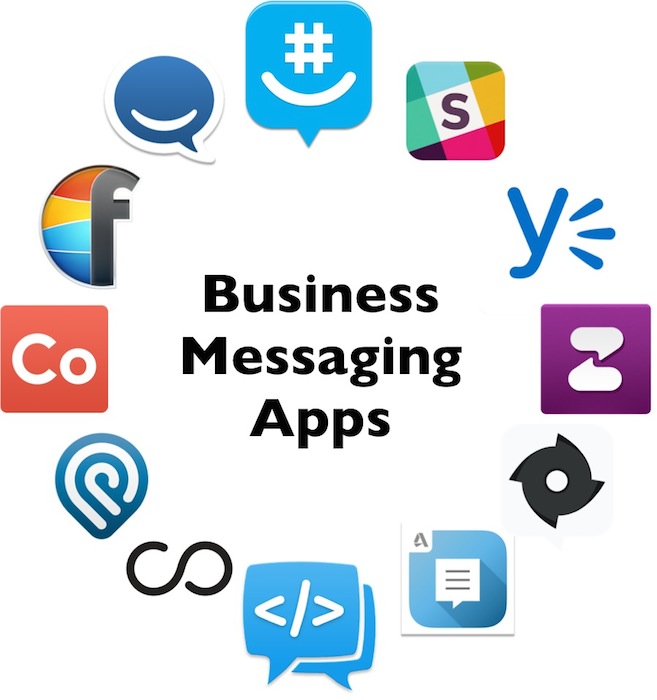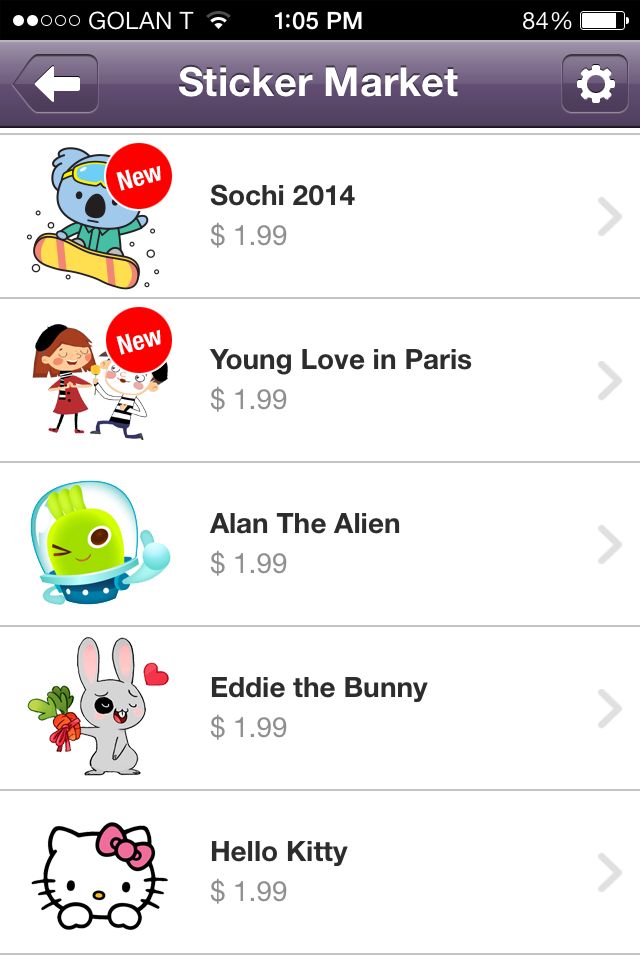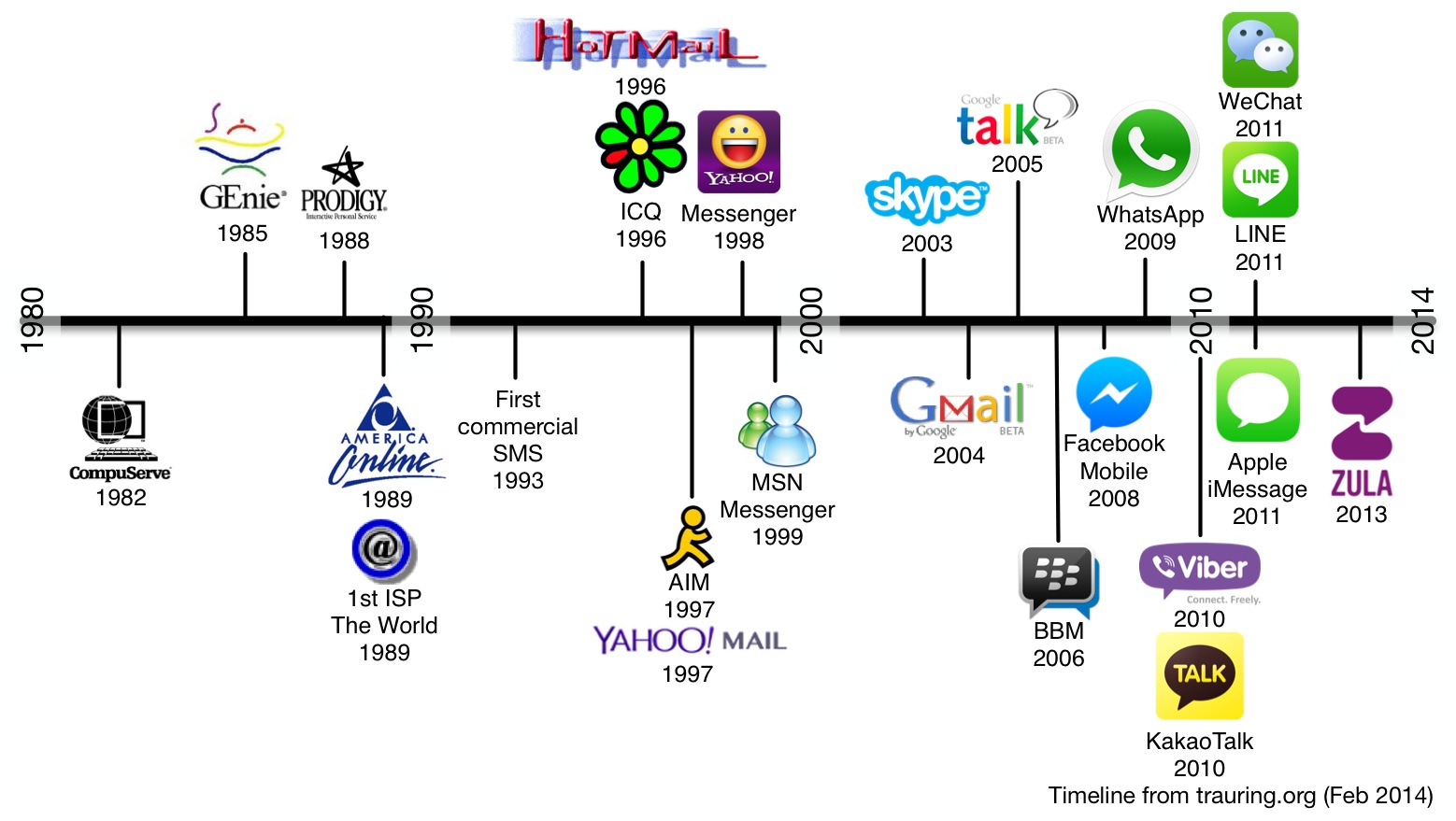What differentiates a business messaging app?
Messaging has become a hot area of late (for a look at the history of messaging over the past few decades, see my earlier post). While the $19B sale of WhatsApp to Facebook might take most of the attention, there's been no shortage of other movement in the industry, including the sale of Israeli/Cypriot company Viber to Japan's Rakuten for $900M, the investment of $215M by Alibaba into US company Tango (at a $1.1B valuation), and the rumored IPO plans of both Japanese company LINE (with some estimates putting the valuation at $28B although that seems unlikely) and Korean company Kakao (priced at $2B). One thing all of these companies have in common is their consumer focus. None of these companies develop business messaging platforms. Undoubtedly many teams within companies use these consumer apps, even if not optimized for their needs, to communicate. What features and requirements would make a business team choose a business-focused messaging platform over a free (or at least very inexpensive) consumer one? Let's start with a quick look at who the players are in the business messaging space. It turns out that they are legion. Really. Some examples include Autodesk Instant, Convo, Cotap, Flowdock, GroupMe (owned by Microsoft via Skype),…


